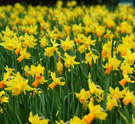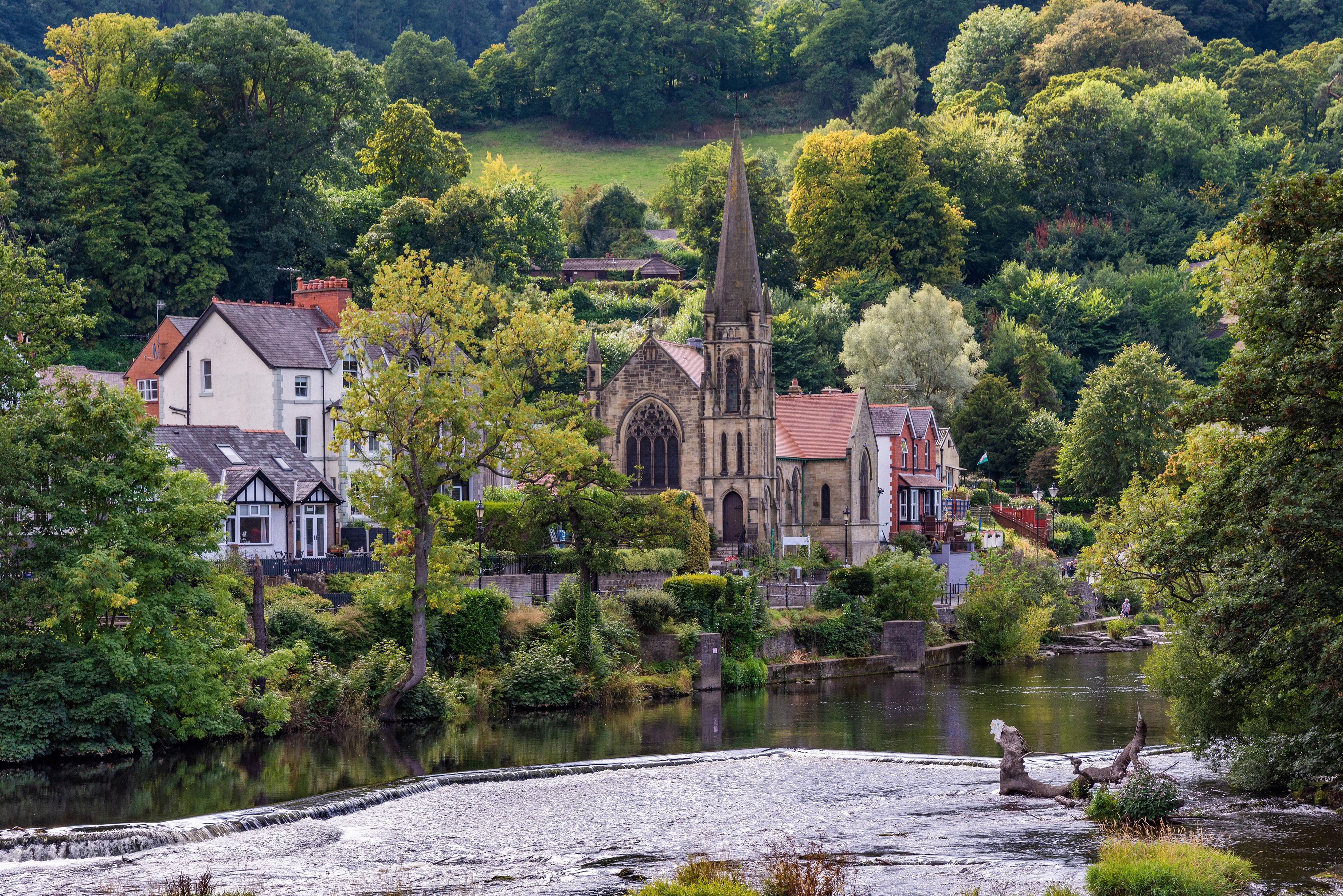Which plants to put into English meadows?
How to make the most of your meadow by intelligent planting


** If you want to buy any of the plants mentioned below for your own garden, visitwww.countrylife.co.uk/nursery and
type or copy and paste the name into the search. Plants are delivered
in sturdy boxes in a matter of days from one of the finest nurseries in
the country. **
Last month, I described aspects of managing the native wildflowers in our meadows, which are certainly their most important aspect; the majority of our meadow management revolves around them. But William Robinson also regarded the meadows as ‘wild gardens', where the careful introduction of a few non-native species can add an extra dimension, extending the season of interest beyond that supplied by our native flora.
Autumn is the time for introducing a lot of these plants. Bulbs such as daffodils and crocus will be planted soon, of course, but this autumn, I'm particularly interested in planting herbaceous perennials. At this time of year, they have a better chance of becoming established and will then be able to compete with the grass the following spring.
An English meadow is actually a very competitive habitat and few of our border perennials can fight it out with native grasses, but there are several exceptions, which can achieve a beautiful effect. Fiery orange Crocosmia x crocosmiiflora is a plant that has become naturalised in the mild, damp climate of south-west Cork and Kerry, where it's handsome running wild through the hedgerows.
Sign up for the Country Life Newsletter
Exquisite houses, the beauty of Nature, and how to get the most from your life, straight to your inbox.
Here, in our sunny West Sussex garden, we have it in a beautiful colony thriving on a damp meadow bank, where it will continue to bloom well into the autumn. Presently, it can be seen in the company of the native devil's-bit scabious Succisa pratensis, in a bewitching combination of blue and orange.
Many of the hardy geraniums will establish in meadows, as will Aquilegia in the shadier areas, and I have a friend who successfully naturalised lupins in long grass. Although I love lupins, I'm a little nervous about doing this at Gravetye for fear that their nitrogen-fixing qualities would enrich the meadow soil, resulting in an invasion of coarse grass, which could push out the native flowers.
Introducing these plants to our garden meadows is all well and good, but for their appearance to be successful, it's so important to consider how they'll fit into the landscape. Take, for example, the flamboyant Inula magnifica from the meadows of the Caucasus mountains. It will perform as a reliable perennial in most English grasslands, flowering in August with rich, yellow daisies on stems 5ft-6ft tall.
A show-off like this would look quite out of place in our biggest meadow, which blends seamlessly into the green rolling English countryside, but in the confines of our orchard, among the structure of the apple trees, I think this plant will look spectacular reaching above the golden grass as the fruit ripens. I've been trialling a few plants in the corner of the orchard for some years, to see how they will do. And now, to make this planting really work in our two-acre orchard, I'm going to plant 50!
These plants have got a bit of a fight on their hands to thrive against the competition of the grass, so they'll need all the help they can get. First, we remove a square of turf, 3ft by 3ft, and cultivate a good, weed-free soil, which we will enrich with some garden compost. Then, it's important to plant large, healthy plants drawn from nothing smaller than a three-litre pot. They're well watered-in and, once established, these plants are virtually trouble-free, and should add an element of fun to the meadow through the late summer.
Many other perennials can be naturalised in meadows, such as Helianthus Lemon Queen, Telekia speciosa and some of the herb-aceous Sambucus. But it's so important to take care with what we introduce. In the late 1800s, William Robinson wrote, with great enthusiasm, about how he introduced a beautiful yet rather vigorous foliage plant to Gravetye called Fallopia japonica.
This, of course, was the dreaded Japanese knotweed and, with hindsight, his introduction was a bit of a mistake. Now, some 130 years later, I'm in the middle of a fight with it, which I fear may go on for some time.
Tom Coward is head gardener at Gravetye Manor, West Sussex (www.gravetyemanor.co.uk)
* Follow Country Life property on Twitter
Country Life is unlike any other magazine: the only glossy weekly on the newsstand and the only magazine that has been guest-edited by HRH The King not once, but twice. It is a celebration of modern rural life and all its diverse joys and pleasures — that was first published in Queen Victoria's Diamond Jubilee year. Our eclectic mixture of witty and informative content — from the most up-to-date property news and commentary and a coveted glimpse inside some of the UK's best houses and gardens, to gardening, the arts and interior design, written by experts in their field — still cannot be found in print or online, anywhere else.
-
 About time: The fastest and slowest moving housing markets revealed
About time: The fastest and slowest moving housing markets revealedNew research by Zoopla has shown where it's easy to sell and where it will take quite a while to find a buyer.
By Annabel Dixon
-
 Betty is the first dog to scale all of Scotland’s hundreds of mountains and hills
Betty is the first dog to scale all of Scotland’s hundreds of mountains and hillsFewer than 100 people have ever completed Betty's ‘full house’ of Scottish summits — and she was fuelled by more than 800 hard boiled eggs.
By Annunciata Elwes